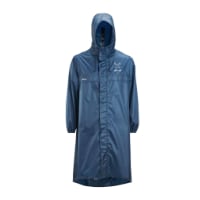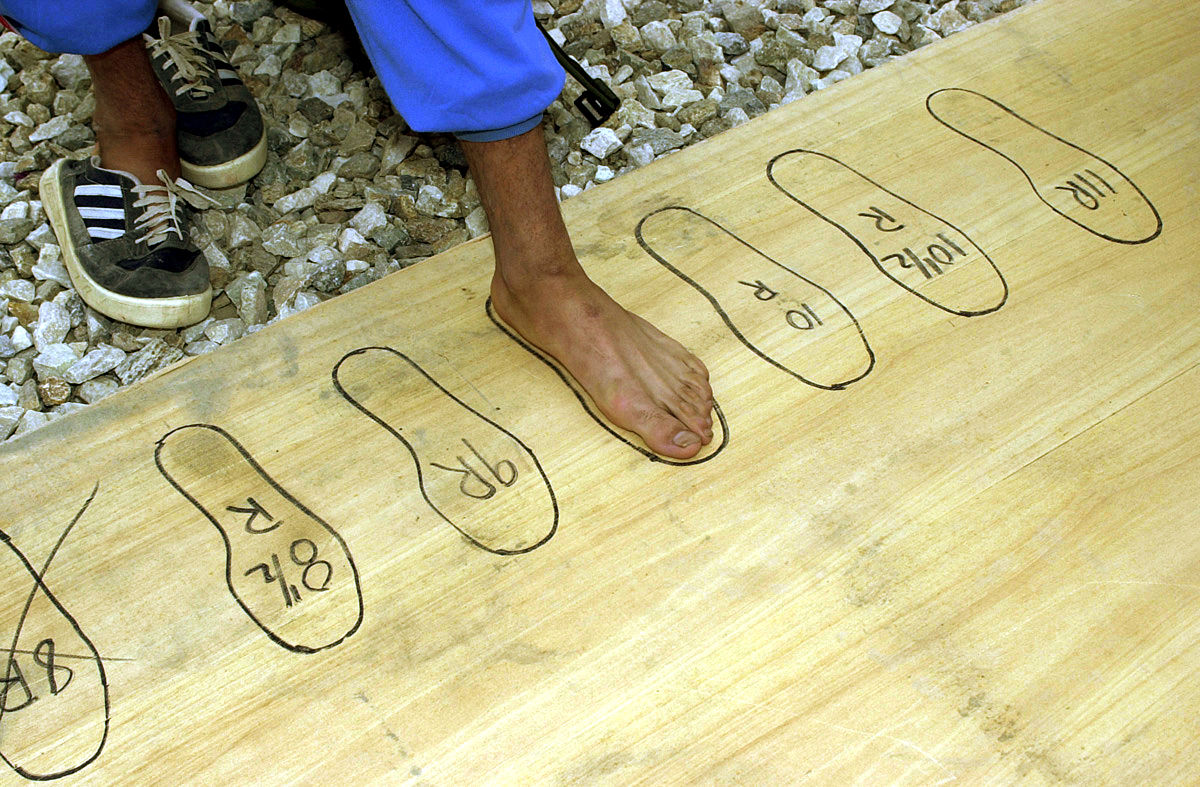greenie71
New Member
- Time of past OR future Camino
- Spanish
I’m a little confused on everyone saying buy your shoes one size larger..
I understand the concept, that your feet will swell from all the walking . However do you just double up your socks till your feet swell ? Aren’t the larger shoes likely to give you blisters ?
Thanks for taking the time to answer.
I understand the concept, that your feet will swell from all the walking . However do you just double up your socks till your feet swell ? Aren’t the larger shoes likely to give you blisters ?
Thanks for taking the time to answer.


















